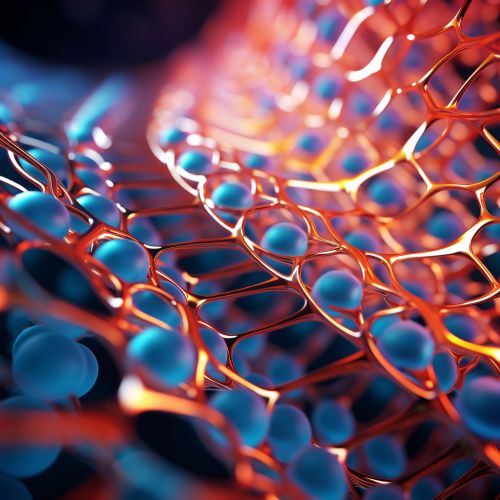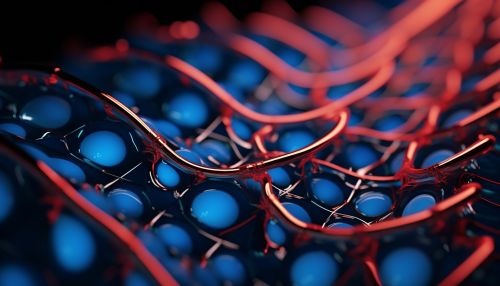Ion Channels
Introduction
Ion channels are pore-forming proteins that help establish and control the small voltage gradient across the plasma membrane of cells by allowing the flow of ions down their electrochemical gradient. They are present in the membranes that surround all biological cells because their main function is to regulate the flow of ions across this membrane.


Structure and Classification
Ion channels may be classified by the nature of their gating, the species of ions passing through those gates, the number of gates (pores) and localization of proteins. Further heterogeneity of ion channels arises when channels with different constitutive subunits give rise to a particular kind of current.
Gating
Gating refers to transitions between closed, open, and inactivated states of the ion channel. Ion channels may be classified by gating, i.e., what opens and closes the channels. For example, voltage-gated ion channels open or close depending on the voltage gradient across the plasma membrane, while ligand-gated ion channels open or close depending on binding of specific molecules (ligands) to the channel.
Ion Selectivity
Ion channels may be classified by the nature of the ions that are permitted to pass through the channel. For example, some channels are selective for sodium (Na+), others for potassium (K+), calcium (Ca2+), and so forth.
Number of Pores
Ion channels may be classified by the number of pores they contain. For example, most voltage-gated ion channels have one pore. However, two-pore channels (TPC) have been identified in humans.
Function
Ion channels have two main functions: they establish a resting membrane potential, and they create a trans-membrane ion flow in response to changes in the cell environment. The resting membrane potential is critical for cell function because it allows cells to maintain a balance between the intracellular and extracellular environments.
Resting Membrane Potential
The resting membrane potential of a cell arises from the differential concentration of ions across the cell membrane. The actions of the sodium-potassium pump (a type of ion pump) help to maintain this differential concentration. However, the leakiness of the cell membrane to potassium ion currents tends to drive the membrane potential towards the equilibrium potential for potassium.
Action Potentials
In excitable cells such as neurons, ion channels play a critical role in the generation of action potentials, which are rapid, temporary changes in the membrane potential. The action potential is initiated by a depolarizing current, which causes an increase in the membrane potential. This depolarization causes voltage-gated sodium channels to open, allowing sodium ions to flow into the cell. This influx of sodium further depolarizes the cell, leading to the activation of more sodium channels.
Diseases and Disorders
Defects in ion channels can lead to a variety of diseases, known collectively as channelopathies. These include various forms of epilepsy, cystic fibrosis, diabetes, and several cardiac diseases.
Drug Targets
Many drugs target ion channels to influence the behavior of cells. Some drugs interact with ion channels by blocking them, which prevents ions from passing through the channels, while others enhance the currents flowing through ion channels.
See Also
Voltage-gated ion channel Ligand-gated ion channel Channelopathy
